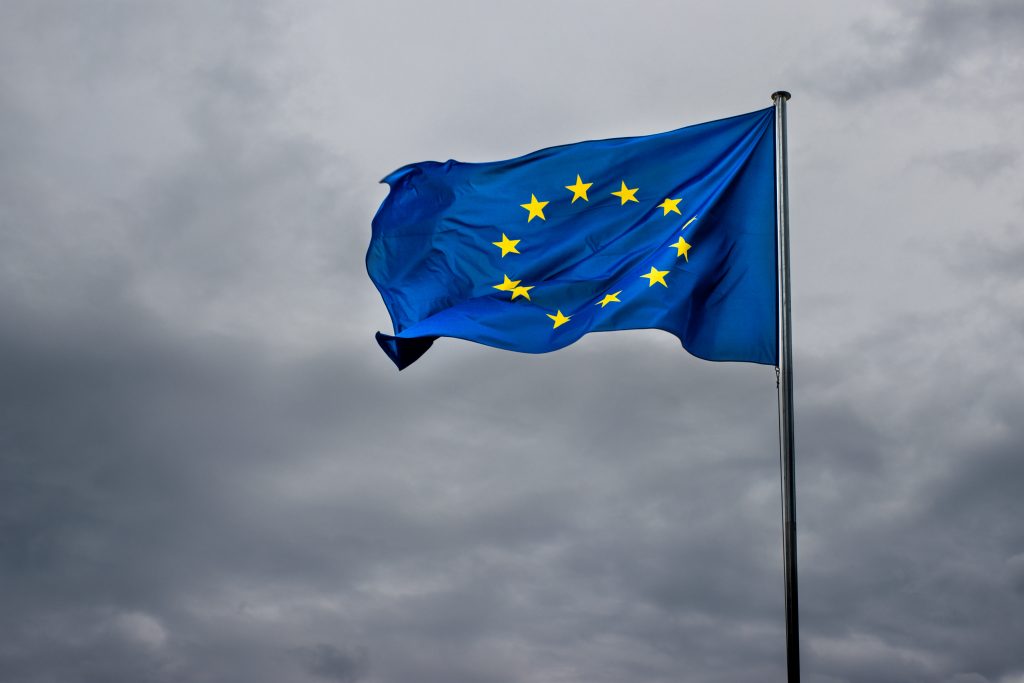EU feed autonomy: Closing the gaps in European food security

The European Parliament Research Service (EPRS) published a briefing on EU feed autonomy: Closing the gaps in European food security. Such briefings are addressed to the Members and staff of the European Parliament for their parliamentary work and therefore do not necessarily represent the official position of the European Parliament. In the present case, the briefing is meant to help with the drafting of the own-initiative report of the EP on a new European protein strategy (draftsman Emma Wiesner – Sweden – Renew), 6 years after the adoption of the first own-initiative report.
The briefing is structured around 4 chapters
- Facts and figures on the livestock supply chain
- EU policy and legislative framework
- Challenges to the EU’s feed autonomy
- Ensuring feed security: Proposed EU action and solution
All in all, the briefing provides a rather accurate picture of the EU feed market situation, using in particular many data from the FEFAC brochure “Feed and Food”. However, it omits completely the micro-ingredients markets, in particular the dependency on feed additives like vitamins, amino acids or enzymes, and does not mention the deficiency in feed materials (especially proteins) for use in organic farming. It points to the “alleged competition between animal and human nutrition” as “one of the most controversial debates surrounding the livestock sector”. “According to some views, farm animals are fed a disproportionate amount of all calories produced (requiring over 70 % of the EU’s farmland), on top of their notable contribution to air and water pollution”. Then, the briefing refers to publications from the Animal Task Force: “The agricultural industry argues that only a quarter of the grains and grasslands produced are fit for human consumption and that animals help transform the remaining 75% into edible food. Reports then point out the study from the United Nations Food and Agriculture Organization (FAO), which claims that 86% of livestock feed (such as pastures) is unfit for human nutrition. Nevertheless, the FAO study is acknowledging the need to reduce the livestock’s impact on the environment.”
Talking about the animal feed industry, the briefing mentioned that 450 mio. t of feedstuffs is used each year to feed animals. Commission has recently reviewed the methodology of the EU feed protein balance sheet and the amount is actually estimated at 645 mio t. (recalculated forage moisture to 15%, FEFAC). Industrial Compound Feed accounts for “only” 151 mio. t. (23%).
Although the briefing does not mention namely the concept of circular feed, it does pay attention to the usage of co-products (pages 4-5). On alternative proteins, the briefing underlines the Commission’s authorisation of the use of insect-processed proteins in fishmeal (should read fish feed) in 2017 and in poultry and pig feed in 2021. It mentions that the use of poultry and porcine processed animal protein (PAP) in feed was received with mixed feelings by the industry due to strict requirements imposed on their usage, referring for that to the FEFAC website. Insects, seaweed, microalgae and microbes are listed as other alternative protein sources. Particularly on insects, the briefing stresses that “insects can transform biomass (such as food waste) into high-value protein and other nutrients well suited for feeding fish, poultry and pigs, and could help reduce the EU’s protein deficit and increase the agricultural industry’s circularity”. (FEFAC comment: It must be reminded that the current legislation does not allow feeding insects with food waste).
The briefing addresses the need to tackle the protein deficit and to come up with a European strategy for the promotion of protein crops in order to reduce the dependence on imports. The EU protein deficit lies mainly with the plant-based proteins rich in amino acids, especially soybean which “has the highest protein content with over 40%”. The briefing mentions that the Member States only devote 3% of their agricultural land to proteins of vegetable origin. As for the role of rapeseed, it says that despite the incentives from the 2009 Renewable Energy Directive, it could not close the current deficit, due to a lower protein content certain anti-nutritious elements, and the dependency on soybean import still prevails.
The briefing highlights the impact of the crises such as the COVID-19 pandemic and Russia’s invasion of Ukraine on the supply chain and food availability. Export restrictions in several food-producing countries do limit the availability of feed materials and further aggravate market disruptions.
The briefing concludes that there is a need “for greater autonomy and diversification of animal feed sources, and the growing emphasis on the agricultural supply chains’ sustainability and circularity, is encouraging innovation in animal nutrition. Boosting the EU’s domestic production of feedstuffs, in particular of plant-based proteins, will increase the EU’s competitiveness and resilience against future supply disruptions”.